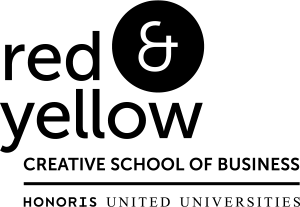This week we’re celebrating National Ampersand Day, and because it forms part of our wordmark we thought we’d write a fun article about its origins.
The ampersand is one of the most unique typographical characters out there – as you may have noticed! It’s such a popular character that there are entire blogs dedicated to the art of Ampersand design.
One of the best things about the ampersand is that typography designers can exercise a lot more artistic freedom when designing with the ampersand, all you need to do is run a search on Google and you’ll find many examples.
Where does the Ampersand come from?
As with many aspects of typography, the history of the ampersand begins with the Ancient Romans.
The ampersand is simply a ligature of the letters et, which is the Latin word for “and”. This ligature came about when the Romans wrote in cursive to speed up transcription, and often combined letters to save time – like an ancient form of shorthand.
In some of the traditional style typefaces, the ampersand is more clearly representative of the original et ligature. Caslon is a great example of this, as with other italic typeface variants.

Source: Wikipedia
If you look closely at some of the more modern ampersand designs, you’re still able to see the E and T separately. As type has changed it’s become more stylised and less representative of its origins.
Now we know WHY it exists…but where did the name “ampersand” actually come from?
The history of “ampersand”
By the early 1700’s, schools in England had started to use the phrase per se (meaning by itself) when spelling out words. This was specifically useful when encountering words that consist of only a single letter (A, I and originally O).
At the same time, “and” had become a commonly used word and was used in English language as the 27th, and last, letter of the alphabet – “X, Y, Z and per se and”. The phrase “and per se and” became slurred into one single term and by 1837 and the ampersand was immortalised in the English dictionary.
What else is the ampersand used for?
- The ampersand doesn’t just live in novels or news articles, we use it all the time to replace “and” in text messages and Twitter updates.
- Ampersands are also used in programming, particularly in MySQL, C and C++, XML, SGML, and BASIC.
- It can be used in your website’s look and feel as well. Depending on the font you use, you can convey elegance, boldness or bring a modern feel to a brand’s visual tone. They are good for adding in simple graphical emphasis.
The R&Y ampersand
We are delighted that the founders of Red & Yellow decided to incorporate this stylistic device in our logo, it’s so much more pleasing than “and”. But then again, they were committed to teaching about the importance of craft and great design, so it makes sense. We’ve evolved it over the years to keep pace with the times, and it’s a much-loved symbol by staff and students alike.


